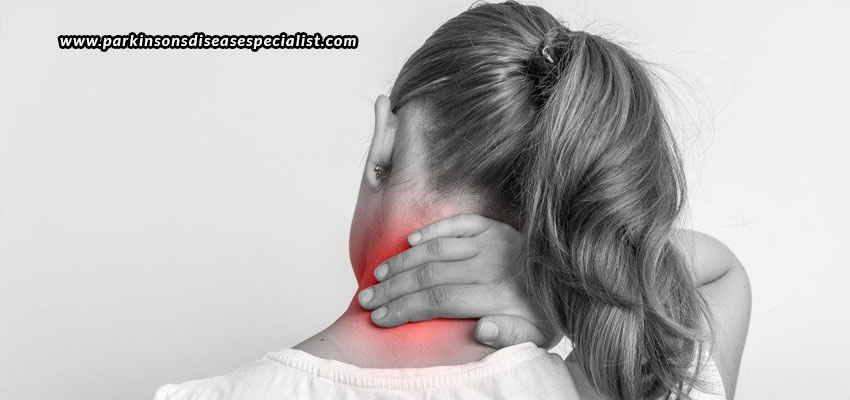
25 Nov Common Questions Asked Around Cervical Dystonia
Cervical dystonia is a painful condition that affects the neck, causing the head to tilt to one side, and also involuntarily tremble. If you think this is due to muscular issues, we’ll want to let you know that this isn’t a muscular issue, but instead a neurological dysfunction that is caused due to problems in the nerves. And to help you know about cervical dystonia better, we want to list down some most asked questions about the neurological disorder, answering each of them in detail.
How do dystonia and cervical dystonia differ? Is spastic torticollis cervical dystonia too?
Dystonia is a general category of abnormal postures or positions of the muscles in the body, which could be generalized to affect the whole body, or focal to affect only a single part. And, cervical dystonia is one such kind of focal dystonia that affect the neck, and possibly shoulders too. And, spastic torticollis is an advanced form of cervical dystonia.
How does cervical dystonia differ from a neck sprain?
Neck sprain is temporary, and causes a temporary abnormal posture with associated pain, which can be treated with the help of simple stretching exercises and massaging. Neck sprain can be treated within a few days or weeks, while cervical dystonia will need a good amount of time, yet the symptoms won’t be completely eliminated. There are certain treatment options that can manage and control the symptoms, but only up till the effect of treatment is on. Hence, cervical dystonia is a lifetime condition that cannot be eliminated, but only controlled.
How to manage cervical dystonia symptoms in public?
If you are facing symptoms of cervical dystonia, your head is possibly tilted and trembling too. And, its human to feel embarrassed about it. But, you shouldn’t be. You should accept your condition, and look forward to treating it at the earliest so that the symptoms don’t worsen. For this, you can get int ouch with a specialist like Dr. Shivam Mittal for a constructive dystonia treatment in UAE. But, in addition to the medications and treatments the doctor suggests, you can also imbibe some simple approaches that can further help manage your condition better. One such trick is the sensory trick, a light touch to the chin or back of the head. Then, you could also opt to sit in a high-backed chair, rather than a regular chair without a neck support.
What are the possible ways to control cervical dystonia symptoms?
Botox injections are the best treatments to control the symptoms of cervical dystonia. You’ll be injected with a Botulinum toxin injection which will reduce the tremors, pain, tightness, and abnormal posture, and help it seem normal for a few weeks or months, after which you’ll need to be injected again.
Another suggestion is a physical therapy by a special therapist with specialty in neurological disorders. Then, there are many other options like sensory integration, mirror therapy, and virtual reality.
The doctor may also suggest certain oral medications like trihexphyenidyl (Artane), baclofen, or clonazepam (Klonopin) to help relax the muscles.
The last retort to treat cervical dystonia is Deep Brain Stimulation, which is an invasive surgery that involves installing electrodes in the brain, and a neurotransmitter in the chest area, both connected with the help of extension wires that control brain signals responsible for muscle movement.
How common is cervical dystonia?
If you think you are a rare one suffering from such embarrassing cervical dystonia symptoms, you’d be relieved to learn that there are hundreds of thousands of people suffering from the disorder across the world. So, worry not, and feel embarrassed not. Just accept your condition and learn to live with it. Consult a specialist and get your dystonia treatment in UAE at the earliest.
So, here are all your questions answered. However, if you still want any other kind of answers, you can always get in touch with Dr. Shivam Mittal, who not only offers the best dystonia treatment in UAE, but also thorough consultation.







